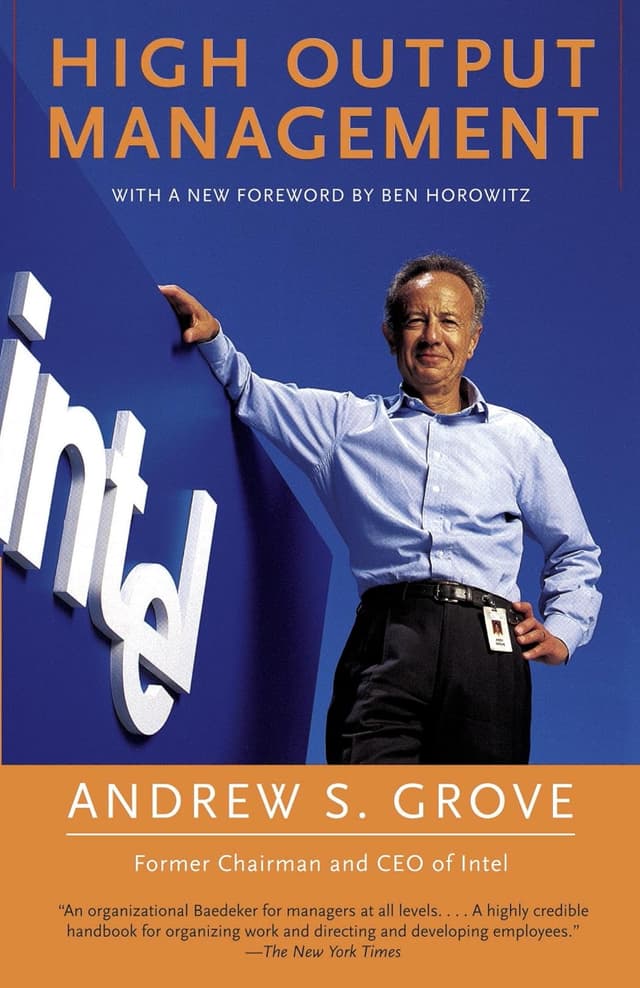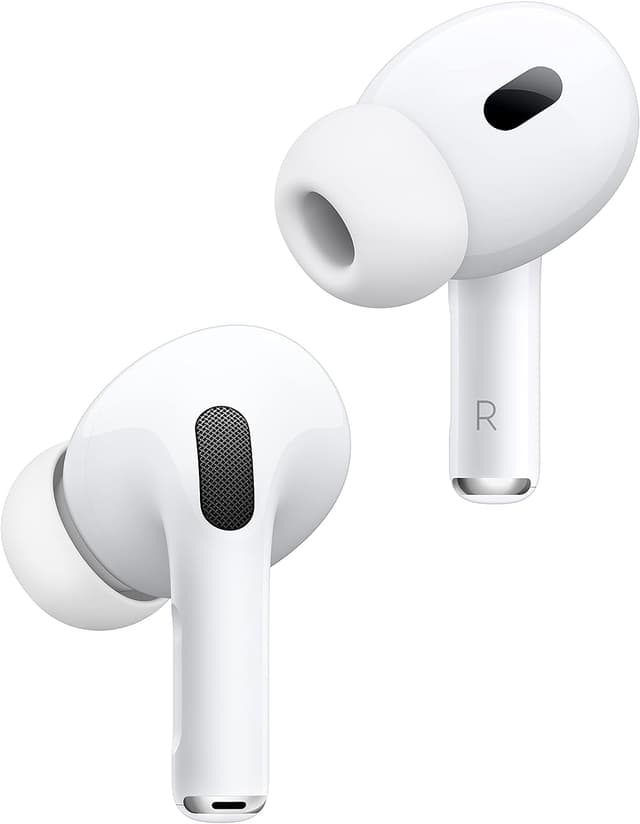Colin Nagy | March 21, 2019
Why is this interesting? - Thursday, March 21
What it takes to run Soho’s busiest restaurant
Recommended Products

A book by Andy Grove that opens with a story about operating a kitchen not entirely dissimilar to Balthazar, using the 'Breakfast factory' as a theme to explain the fundamentals of systems theory and supply chains.

The new version of the AirPods, featuring better battery life, a new chip for 'Hey Siri' functionality, and optional wireless charging.
A long time ago, Noah and I would randomly invite people we thought were interesting to breakfast at Balthazar. There was no agenda, just a spirited breakfast conversation that would span markets, technology, literature, and whatever the Brier obsession du jour was. Skip forward to today, a lot of these relationships still stand. Reporters like Emily Steel, as well as thinkers, entrepreneurs and more. So I thought it was interesting to share this amazing piece about the inner workings of Balthazar. It’s a New York institution and love it or hate it, functions like a Swiss watch. The consistency is astounding.
Why is this interesting?
The restaurant business is always tricky. But when you pull back the curtain to see the sheer amount of logistics, service, and purchasing to keep a Soho restaurant operating it is hugely interesting. We are often passive consumers of service and hospitality, settling into a red banquet, ordering a coffee and some eggs with the paper, but the rush behind the scenes to make everything run efficiently, as well as keep those tables turning over, is fun to think about.
Some stats: 80 pounds of ground beef, 700 pounds of top butt, 175 shoulder tenders, 1 case of New York strips, all from the Midwest; 5 pounds of chicken livers, 6 cases of chicken bones, 120 chicken breast cutlets; 30 pounds of bacon; 300 littleneck clams, 110 pounds of mussels from Prince Edward Island, another 20 pounds from New Zealand, 50 trout, 25 pounds of U10 shrimp (fewer than 10 pieces per pound), 55 whole dorade, 3 cases of escargot, 360 Little Skookum oysters from Washington State, 3 whole tunas, 45 skates, 18 black sea bass, 2 bags of 100 to 120 whelks, 45 lobster culls. That’s just the fish and meat order.
There’s also some incredible staff who have worked at the restaurant for years, and the regulars, like our friend Paul Woolmington, make the place feel convivial and familiar in the morning. So to the unsung heroes that make this place what it is, a word of thanks. (CJN)
Quick Links:
Speaking of eggs, I just finished reading Andy Grove’s High Output Management, which opens with a story about operating a kitchen not entirely dissimilar to Balthazar. The “Breakfast factory” becomes a theme in the book and a way to explain the fundamentals of systems theory and supply chains. (NRB)
I wrote a column in Skift about how Emirates is a media company that also flies jets. They invest a ton in movies and content, to the delight of the modern long haul passenger. (CJN)
Inside John Pawson’s home and studio. (CJN)
Apple came out with a new version of the Airpods. They include better battery life, a new chip that enables “Hey Siri” functionality amongst other stuff (including hopefully better connection), and optional wireless charging. The Airpods are legitimately my favorite Apple product of the last ten years and, just on queue, my first-generation pair is starting to get wonky, so I’ve already ordered a pair. (NRB)
Per AirPods, this Ian Bogost article from last year foresaw the new functionality which squarely places the Airpods alongside Amazon’s Echo: “This makes the AirPods more than just a wireless headset; it puts the device squarely in the domain of voice assistants and devices, like Amazon Echo and Google Assistant. Even as augmented and virtual reality promise to immerse users in space and information, speech offers a simpler answer that is no less science-fictional: Being able to talk at a computer and have it respond. Echo does so in the room, Siri on your phone, and AirPods right inside your skull.” (NRB)
Good piece on the idea that the map is not the territory: “All research findings are maps, of one sort or another, that aspire to guide us through territory we have not fully explored, from the depths of our own psyche to universal human traits, and while maps are useful tools, we must not confuse them with the territory itself.” (NRB)
Yesterday’s chicken nugget news reminded me of my favorite piece about McDonald’s ever: The Awl’s A Conspiracy of Hogs: The McRib as Arbitrage. (NRB)
Thanks for reading,
Noah (NRB) & Colin (CJN)